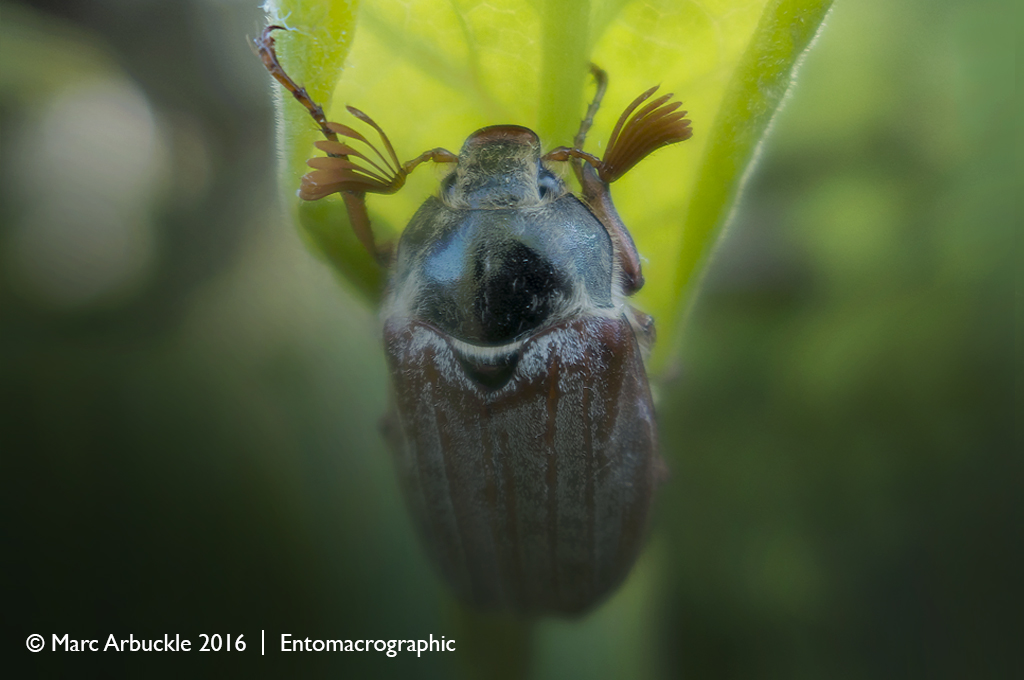Squealing in the reeds

Water Rail, Rallus aquaticus © Alexis Lours
Although as a child birds were my first true love and I spent many many hours drawing them obsessively. As an adult l’m only an ‘every now and again’ sort of birder. Insects, particularly beetles, have well and truly taken over. Yet recently my interest has been somewhat rekindled courtesy of the local RSPB branch and their Conservation and Wildlife Action Group (CWAG). Every Wednesday morning I help them out with their weekly bird surveys on behalf of the Box Moor Trust.
Anyway… I mentioned to fellow CWAGer Axel Kirby that my bogey bird* was the Water Rail Rallus aquaticus. I’ve heard its distinctive pig-like squeal many times but an actual sighting had so far proved elusive. ‘You should have been here five minutes ago’ or ‘we were knee deep in them yesterday’ a familiar refrain from somewhat smug birders. Axel then rubbed the salt in by showing me a photo on his camera of not one, but two, he’d photographed just a few days earlier at a Local Nature Reserve. Armed with his local knowledge the following Friday we arranged a visit to this charming four acre reserve managed by the Watercress Wildlife Association. Literally five minutes after our arrival I saw my very first Water Rail.
Smaller and slimmer than the Moorhen, the Water Rail is a highly secretive inhabitant of freshwater wetlands. It its easier to see in Winter when they become more numerous and widespread.
*A bird that although fairly widespread has required more time and effort than anticipated to see. Read more










